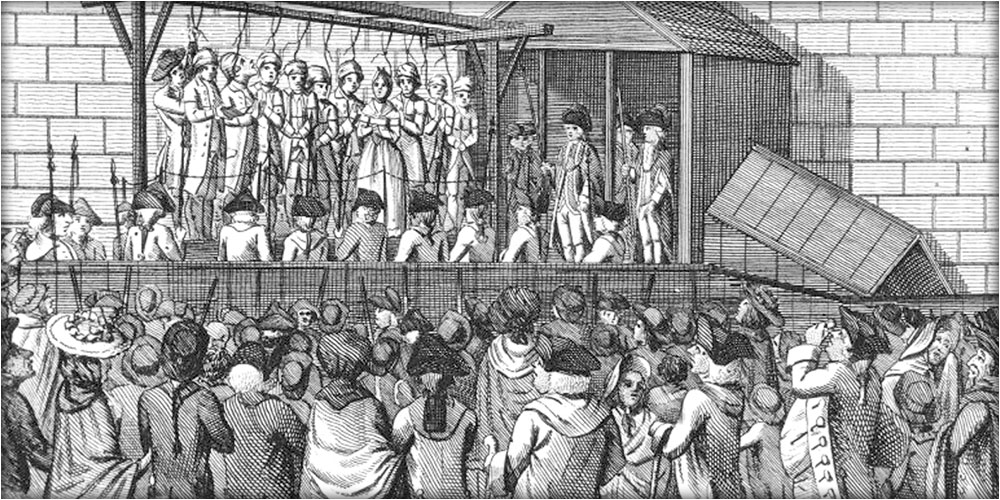Corpse medicine
For hundreds of years people believed that consuming certain parts of the human body was a miracle cure for whatever ailed them. Corpse medicine was at its height in the 16th and 17th centuries, but it persisted well into the Victorian era. Medical texts specify what body parts are good for what ailments, and there were recipe books that explained how to prepare the pieces, too. One text from 1847 prescribes a bit of skull (specifically, that of a young woman) mixed with treacle as a treatment for epilepsy. Executioners were often linked to corpse medicine, and it wasn't uncommon for them to do double duty, selling pints of warm blood from the recently dead.
Overuse of Mummies
Mummies were front and center when it came to the Victorians' weird fetish. Some paint-makers used ground-up mummies as one of the ingredients in brown paint aptly named Mummy Brown. In 2007, a forensic scientist tested the contents of a jar found in a Victorian-era Paris pharmacy. The label identified the contents as the remains of Joan of Arc, and while that seemed unlikely, the test results found something even more unlikely: it was made of mummy dating back to some time between the third and seventh centuries BC.
Food additives were insane
Some claim food safety and industry regulation got its real start in the Victorian era, thanks to the tendency to use potentially deadly additives. Chalk and alum were sometimes added to dough to make bread whiter, and it wasn't unheard of to have things like pipe clay, plaster of Paris, or saw dust added to the mix. It wasn't uncommon for bakers to knead dough using their feet. Red lead was used to colour Gloucester cheese, and was added to cider, mustard, wine, sugars, and candies. Copper sulfates were used in preserving fruit, jams, and wine, mercury was used in candies. Ice cream on the street, which is said to become popular in the 1880s, sometimes wasn't made with milk, but just a water-and-chalk mixture.


COMMENTS